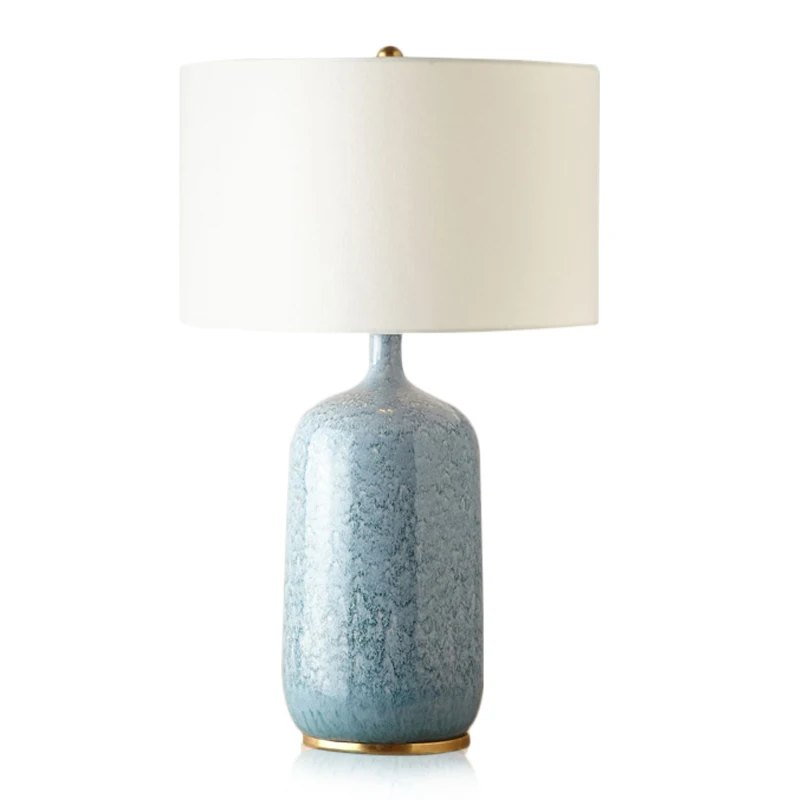
LEAFLETS
PRODUCTS
Transform Your Interior with Stunning Wall Lamp Designs Add a Touch of Sophistication and Style to Your Living Space
Lighting is often the unsung hero of interior design. While furniture and color palettes undeniably shape the aesthetic of a room, it's the strategic placement and style of lighting that truly brings a space to life. A well-lit room feels warm, inviting, and functional, while poor lighting can leave a space feeling drab and uninspired. This is where wall lamps step in, offering a versatile and stylish solution to illuminate your living space and elevate its overall design. Beyond simple functionality, wall lamps are design statements, capable of adding a touch of sophistication and personality that transforms an ordinary room into an extraordinary haven. This exploration delves into the multifaceted world of wall lamp design, showcasing their ability to enhance various interior styles and moods.
Elevating Ambiance with Strategic Placement
The placement of a wall lamp is paramount to its effectiveness. Consider the purpose of the light. Is it for task lighting, such as reading in a bedroom, or ambient lighting to create a cozy atmosphere in a living room? For task lighting, position the lamp directly over a reading chair or beside a vanity mirror, ensuring the light is focused and glare-free. For ambient lighting, strategic placement can dramatically alter the feel of a room. Placing a pair of wall lamps flanking a fireplace, for example, draws the eye to the focal point and creates a welcoming warmth. Experiment with different heights and positions to find the most flattering and functional illumination for your space. A single, strategically placed statement lamp can also make a bold design choice, adding character to a relatively bare wall.
Furthermore, consider the height of the ceilings. In rooms with high ceilings, using multiple wall lamps at varying heights can add visual interest and prevent the light from feeling lost in the vast space. Conversely, in rooms with low ceilings, it's essential to avoid overwhelming the space with too many or overly large wall lamps. Opt for smaller, more subtle designs to maintain a sense of openness and spaciousness. Careful consideration of placement, therefore, is not merely about the functional aspect of lighting but also about contributing to the overall visual balance and aesthetic harmony of the room.
A Spectrum of Styles to Suit Every Taste
The beauty of wall lamps lies in their incredible versatility. From sleek and minimalist designs to ornate and extravagant pieces, there's a style to perfectly complement any interior design aesthetic. Modern interiors often feature clean lines and minimalist designs, favoring sleek metal lamps with subtle detailing or simple, geometric shapes. These lamps often incorporate LED technology for energy efficiency and a soft, diffused light. Contemporary spaces might embrace bolder colors and textures, incorporating lamps with vibrant finishes or unique materials like wood, glass, or even fabric shades. The choice depends entirely on personal preference and the overall theme of the room.
Traditional interiors benefit from more ornate wall lamps, often featuring intricate metalwork, crystal accents, or luxurious fabrics. These lamps can add a touch of old-world charm and elegance, creating a sense of history and sophistication. Rustic styles might utilize lamps made from natural materials like wood or wrought iron, often featuring a distressed or weathered finish. These lamps often have a warmer, more inviting glow, complementing the overall cozy and natural feel of the space. The selection of a wall lamp, therefore, goes beyond simple illumination; it becomes a crucial element in establishing the style and character of the room.
The Power of Light and Shadow: Enhancing Mood and Atmosphere
Wall lamps offer the unique ability to manipulate light and shadow, creating different moods and atmospheres within a space. The type of bulb used plays a crucial role. Warm-toned bulbs (2700K-3000K) create a cozy and inviting atmosphere, ideal for living rooms and bedrooms. Cool-toned bulbs (5000K-6500K) provide a brighter, more invigorating light, suitable for kitchens or home offices. The intensity of the light can also be adjusted using dimmers, providing further control over the ambiance. A dimly lit room with warm-toned lighting evokes a sense of relaxation and intimacy, while bright, cool-toned lighting promotes focus and productivity.
Beyond the bulb itself, the design of the lampshade significantly impacts the way light is diffused. A lamp with an opaque shade will cast a more focused beam of light, ideal for task lighting. A lamp with a translucent shade will diffuse the light more evenly, creating a softer, ambient glow. By experimenting with different lampshades and bulb types, you can precisely control the mood and ambiance of your space. This mastery of light and shadow is a powerful tool in creating a truly personalized and comfortable living environment.
Beyond Illumination: Wall Lamps as Artful Accents
Wall lamps transcend their functional role; they can serve as striking pieces of art, adding visual interest and personality to a space. Many contemporary designs incorporate unique materials, textures, and shapes, turning the lamp itself into a focal point. A sculptural lamp, for instance, can become a conversation starter, adding a touch of unexpected artistry to a room. Even more traditional designs can contribute to the overall aesthetic of a room, enriching its visual narrative. Consider the color and finish of the lamp – does it complement or contrast with the surrounding décor? Does it add a pop of color or maintain a sense of visual unity?
The choice of a wall lamp should align with the overall design scheme of the room, acting as a cohesive element rather than a discordant note. A well-chosen wall lamp can not only illuminate a space effectively but also enhance its overall visual appeal, adding depth, texture, and personality to the interior. By approaching the selection of a wall lamp with an eye for both function and aesthetics, you can transform a simple lighting fixture into a true design statement, elevating the style and sophistication of your living space.
SUBSCRIBE
INQUIRY










